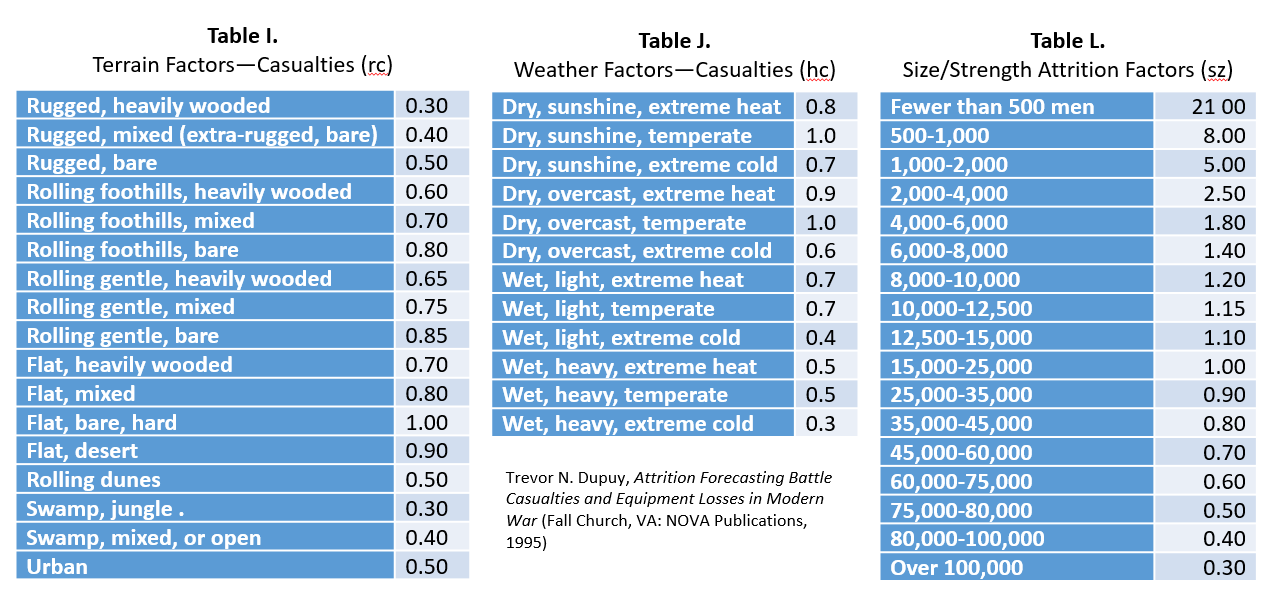Continuing with a second posting on the nineteenth and second to last lecture from Professor Michael Spagat’s Economics of Warfare course that he gives at Royal Holloway University. It is posted on his blog Wars, Numbers and Human Losses at: https://mikespagat.wordpress.com/
This lecture continues the discussion of terrorism, this time he is looking at a paper by Gassebner and Luechinger on terrorism. This is similar to what was done for causes of war in a paper by Hegre and Sambanis that was presented in lecture 11:
This discussion of Hegre and Sambanis covered only the last two pages of the lecture (slides 23 and 24 of lecture 11) and I did not mention it when I first blogged about it.. I guess I probably need to now, turning this posting into the follow-up post on lecture 11. Hegre and Sambanis looked at 88 variables related to causes of war and by running regressions tried to determine which ones are consistently correlated with the onset of war.
- GDP per capita is negatively associate with civil war onset (meaning: rich countries are less likely to have civil wars).
- Having had a previous war is positively associated with civil war onset…the more recent the war the stronger the association (meaning: war beget wars?).
- Country size (population and territory) is positively associated with civil war onset (meaning: big countries tend to have more wars.).
This last point is interesting as country size and population also showed up in our insurgency studies related to the success of the insurgents. Big populated counties tended to have more successful insurgencies than small countries. In Chapter 3, page 47 of America’s Modern Wars I provided the following chart:
Insurgencies with Foreign Intervention
Circumstances Number of cases Percent Blue Victory
Indigenous Population > 9 million 10 20
Intervening Force Commitment > 100,000 8 0
Peak Insurgent Force Size > 30,000 13 23
“Blue Victory” = counterinsurgent victory
Anyhow, I have not gotten past the first sentence of slide 13 for this post, and we are already around 300 words in this post, so probably best to pick up the rest of lecture 19 in a subsequent post.
The link to lecture 19 is here: http://personal.rhul.ac.uk/uhte/014/Economics%20of%20Warfare/Lecture%2019.pdf
The link to lecture 11 is here: https://dupuyinstitute.dreamhosters.com/2017/01/31/economics-of-warfare-11/




